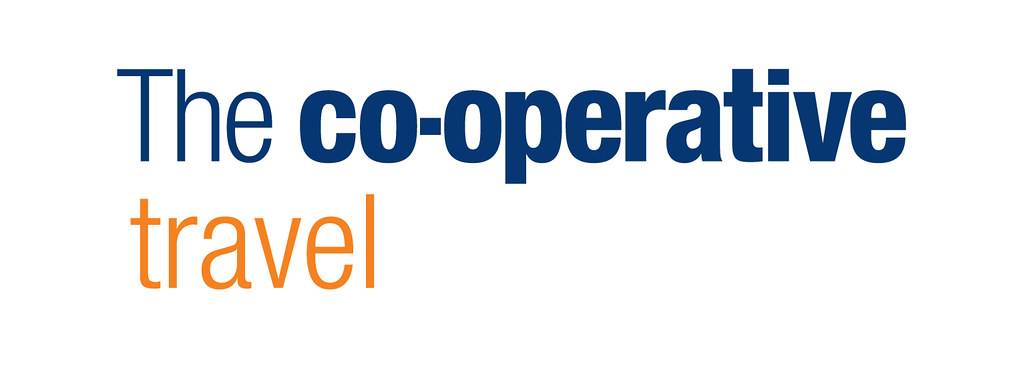Yesterday saw social media site Twitter double the number of characters allowed per tweet, thus doing away with the 140-character limit with which the platform has become synonymous.
The move follows a successful trial of a 280-character limit and represents one of the most significant changes to the makeup of the site in its 11-year history, potentially changing the way people use the microblogging site.
But while the number 140 has become engrained in the minds of regular Twitter users, why did it impose that limit in the first place? What was the significance of that number?
Depending on your age, you may have been used to the idea of pruning messages to get them to fit within a character count long before Twitter came along. You could even go back as far as the telegram, where the per-word fee meant people tried to be as concise as possible with important and urgent messages.
However, the mobile phone boom of the late ‘90s and early ‘00s saw almost everybody equipped with a device to send instant messages to one another. The only problem was that they couldn’t be too verbose, as SMS had a character limit of 160. If you went over this by so much as a single character, your phone operator would class it as two text messages, and with each text costing 10p, it was important to be economical with your characters.
What’s more, most phones were only able to store a handful of texts, so that wordy friend who always seemed to need two or three texts to say what they needed to would instantly clog up your inbox.
Twitter developed in tandem with mobile internet, so it chose its character limits to be in keeping with those of traditional SMS. With a limit of 140 characters, it left 20 to spare to include the name of the sender, meaning tweets conformed to the limitations of text messages.
SMS co-founder Friedhelm Hillebrand argued that 160 characters was “perfectly sufficient” for people to express themselves, and it was the most that signalling formats of the 1980s could comfortably accommodate.
Today, text messaging has changed significantly and our payment plans mean we can go on and on without the worry of being charged for each individual text. In fact, apps like WhatsApp, Snapchat and Facebook Messenger have made SMS all but redundant for some people, providing a free way to message one another.
Twitter’s new 280-character limit is exactly double the old one, effectively introducing a ‘two tweets in one’ opportunity for users who like to express themselves. Interestingly though, an ordinary paragraph is often thought to be around four to five lines, each of 40 to 50 characters, making a total of 160 to 250 characters. Perhaps unwittingly, Twitter has introduced a character limit in keeping with what we recognise as a standard paragraph.
- Five life skills learned from internet marketing - January 3, 2024
- How artificial intelligence can (and can’t) help you write content - September 29, 2023
- Is Google OK with AI content or not? - September 25, 2023



























